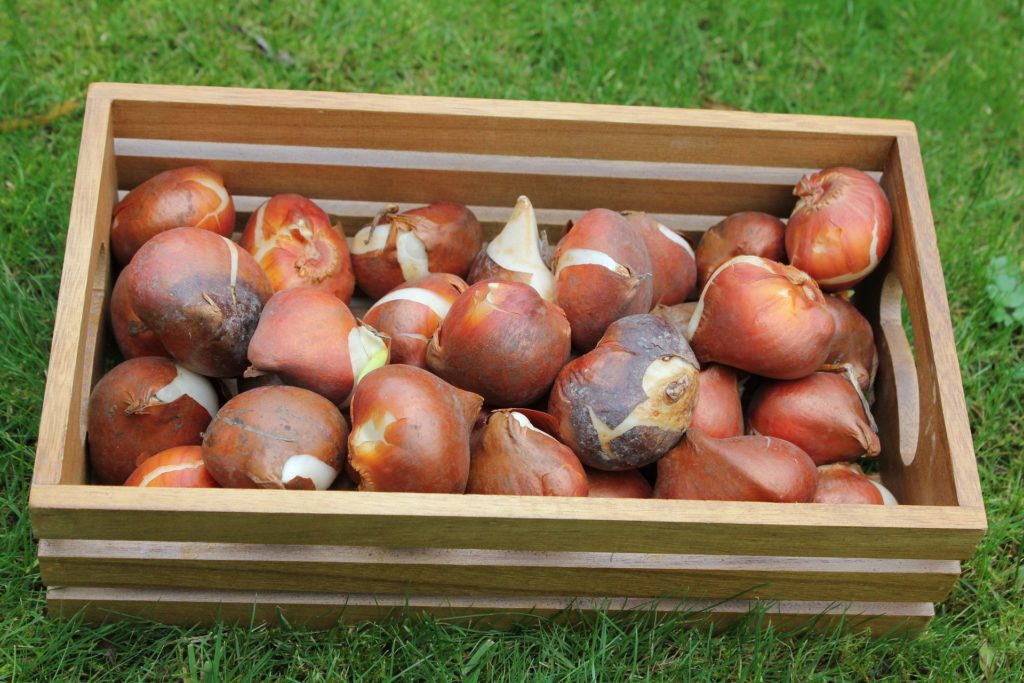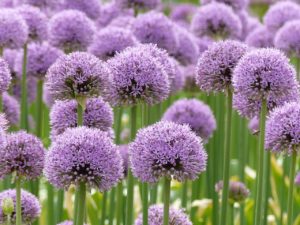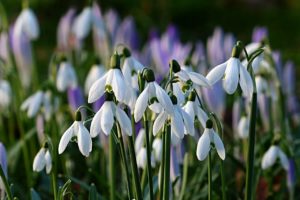Guide to Planting Spring Bulbs: Everything You Need for a Blooming Spring Garden
Imagine this: after months of gray winter, your garden suddenly bursts into life, overflowing with vibrant tulips, daffodils, and hyacinths. The secret to this spring spectacle? It all begins with planting bulbs in the fall. This guide to planting spring bulbs will show you exactly how and when to get those future blooms in the ground, setting the stage for a stunning spring display.
Planting spring bulbs doesn’t need to be complicated. With the right timing, soil prep, and a few easy steps, your garden will come alive with color when warmer days arrive. Let’s dive into the essentials for selecting, planting, and caring for bulbs to make your garden a showstopper.
1. Choosing the Right Bulbs
The beauty of a spring garden starts with bulb selection. Here’s how to pick the best:
- Select for Climate Compatibility: Look for bulbs suited to your climate. Tulips, daffodils, crocuses, and hyacinths thrive in cool climates, but if you’re in a warmer area, go for species like alliums or freesias.
- Check for Quality: Pick firm, plump bulbs that don’t show signs of rot, mold, or soft spots. The firmer, the better!
- Decide on Color and Bloom Timing: Want early blooms? Crocuses pop up first. For a mid-spring show, tulips and daffodils deliver. Planning your selection around bloom times will give you a steady wave of color.
2. When to Plant Spring Bulbs
Planting bulbs at the right time is key. Aim for mid-to-late fall, ideally 6-8 weeks before the ground freezes. Bulbs need time to establish roots in the cool soil but shouldn’t sprout too early. Here’s a quick timing guide:
- Cool-Climate Zones (3-7): Plant in October through November.
- Warmer Zones (8-10): Plant late November or even into December, when temperatures cool enough.
3. Preparing Your Soil
Bulbs thrive in well-drained, nutrient-rich soil. If you have heavy clay or dense soil, here’s how to prep for better drainage and healthier bulbs:
- Add Organic Matter: Mix in compost or aged manure. This boosts nutrients and improves drainage.
- Use Sand for Heavy Soil: Add a little sand to the planting hole to prevent the bulbs from sitting in water, which could cause rot.
- Test the Soil’s pH: Bulbs prefer a slightly acidic to neutral pH (6-7). Most garden centers offer affordable pH test kits if you’re unsure.
4. How to Plant Spring Bulbs
Now, it’s time to dig in and plant. Follow these straightforward steps for a beautiful outcome:
- Dig the Holes: The rule of thumb is to plant bulbs 2-3 times their own depth. For a 2-inch bulb, dig a hole that’s about 4-6 inches deep.
- Position the Bulb: Place the bulb with the pointed end facing up. If it’s hard to tell, just plant it on its side – it will still find its way up.
- Spacing: Leave 3-5 inches between smaller bulbs (like crocuses) and 6-8 inches for larger ones (like tulips).
- Backfill with Soil: Cover the bulb with soil and lightly press down to remove any air pockets.
5. Caring for Your Bulbs After Planting
Once they’re in the ground, it’s time to give your bulbs a head start. Here are the key post-planting tips:
- Water Well: Give them a deep watering immediately after planting. This helps settle the soil and jumpstarts root growth.
- Mulch for Warmth: Add a layer of mulch on top. This keeps the soil temperature stable and retains moisture, especially if you live in colder regions.
- Protect from Pests: Squirrels and other critters might dig up bulbs. Consider laying a mesh or chicken wire over the planted area, removing it in early spring.
6. Frequently Asked Questions
Q: Can I plant spring bulbs in containers?
A: Yes, bulbs can be planted in containers! Just ensure the container has drainage holes. Use high-quality potting soil, and plant as you would in the ground. Store in a cool place if possible and water occasionally during winter to keep the soil slightly moist.
Q: What should I do if I miss the fall planting window?
A: If you’re late, you can try to plant as long as the ground isn’t frozen. Alternatively, store bulbs in a cool, dry place until early spring, then plant them for a slightly delayed bloom. For container planting, you can store bulbs in the fridge to simulate “winter” before planting in spring.
Q: How do I keep animals from digging up my bulbs?
A: Try a sprinkle of cayenne pepper or blood meal over the soil. These deter animals but are harmless to plants. Placing wire mesh over the soil until the ground freezes is another effective solution.
With this guide to planting spring bulbs, you’re ready to fill your garden with a breathtaking display of flowers. Fall may feel early, but it’s the perfect season to set up your spring success. From selecting quality bulbs to preparing the right soil and protecting your blooms-to-be, you’ll enjoy the reward of a vibrant garden come spring.
Allentuck Landscaping Company is Your Residential Landscape Company
Phone: 301-515-1900
At Allentuck Landscaping Company, our mission is to create beautiful environments for people to enjoy. We see landscaping as a way to improve people’s lives.
The Allentuck Landscaping Company team has been delighting homeowners in Maryland, Washington DC and Northern Virginia for over 28 years with our turnkey approach to landscape design, installation, construction and maintenance. Most companies try to serve many types of customers at the same time; homeowners, shopping centers, office buildings and the list goes on. At Allentuck Landscaping Company, we focus on one customer, you, the homeowner. We have a singular focus on bringing you the best landscape practices, the best customer service, and the best value for your home.
Services Provide – Master Landscape Plans, Complete Maintenance Programs, Plantings, Patios, Walkways, Retaining Walls, Water Features, Outdoor Lighting, Outdoor Kitchens, Trellises & Pergolas, Irrigation Systems, Drainage Solutions, Grading & Sodding. Fire Pits & Fire Places, Spring Clean Ups, Decks, Fences
Areas Served – Chevy Chase, Bethesda, Potomac, Rockville, North Potomac, Darnestown, Gaithersburg, Germantown, Travilah, Damascus, Boyds, Clarksburg, Ijamsville, Urbana, Frederick and Washington DC.
Allentuck Landscaping Co. is a proud member of the National Association of Landscape Professionals.







